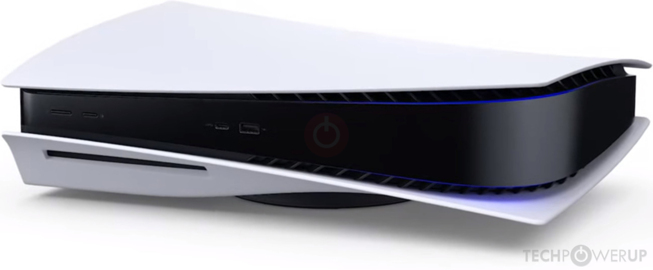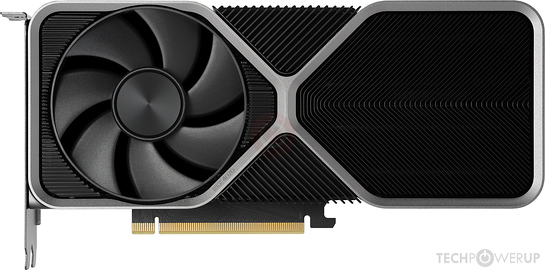I know everyone here is focused on the processing capabilities of 10th-gen systems, but honestly, as I've thought about things more...aren't they going to need some type of hook outside of "MOAR POWAH!!" in order to justify themselves in a market where graphical gains (or leaps in graphical fidelity) are getting smaller gen-over-gen? I mean look at HFW: Burning Shores and the final boss battle there; that seems comparable almost to a CGI film from a decade ago in terms of fidelity and scope, fully playable as a video game, for expansion content built on the base of a game that was made to run on a PS4. It's 100% possible Horizon 3 will have battles, fidelity and scale that puts even Burning Shores to shame.
At that point it's like, "how does this even get any better visually?" in a way where it makes a big impact on most of the market. I don't think it does. So, I think 10th-gen systems need some type of immersion hook beyond just being more powerful than the current systems, to really stand out and galvanize the market IMO. I do have some ideas on that, and in some ways current product strategies by Sony & Microsoft show hints at which way they will go, but in them playing to their own strengths, I think they'll actually take very divergent paths with 10th-gen systems, to the point where I don't feel we'll be able to point to them as directly competing with each other anymore.
Just my two cents.



